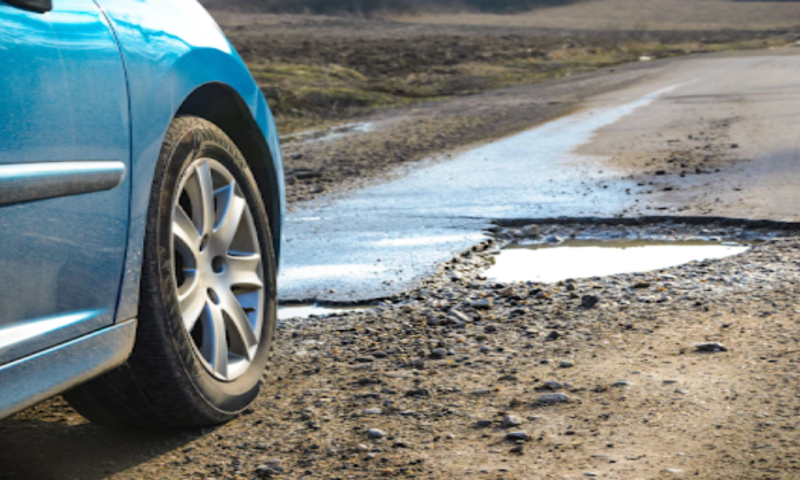Whose city is this?
Who does our city belong to? Is it the pedestrians’ - people on errands, senior citizens taking their evening walks, children walking to school ? The lack of safe and continuous pavements in our city says a loud NO. Is it the bicyclists’ - the school children, the daily workers, the recreational cyclists who all traverse this city on two wheels? The lack of cycle paths say a resounding NO. Is it for the buses - that take at least 40 people to work, to school and back home? The lack of a bus lane for its smooth and congestion free travel says an emphatic NO.







